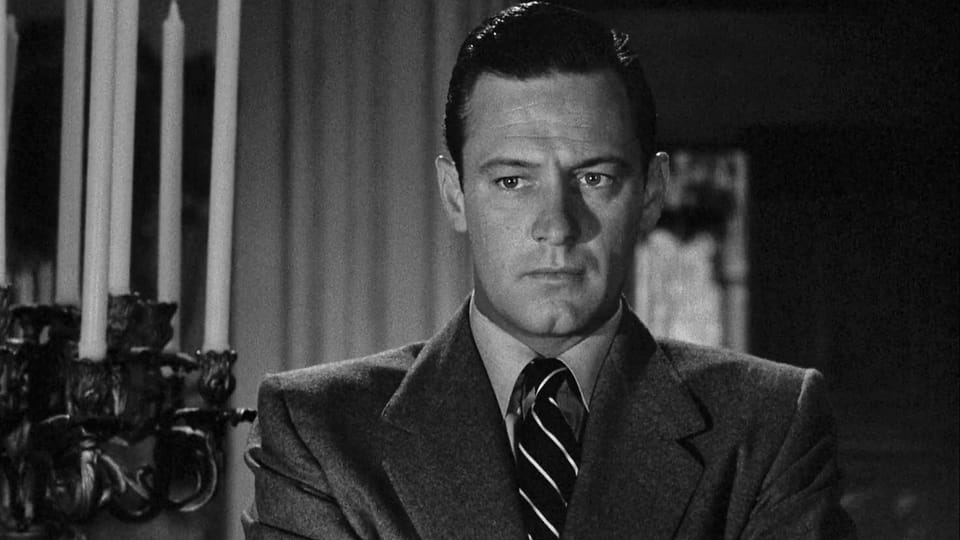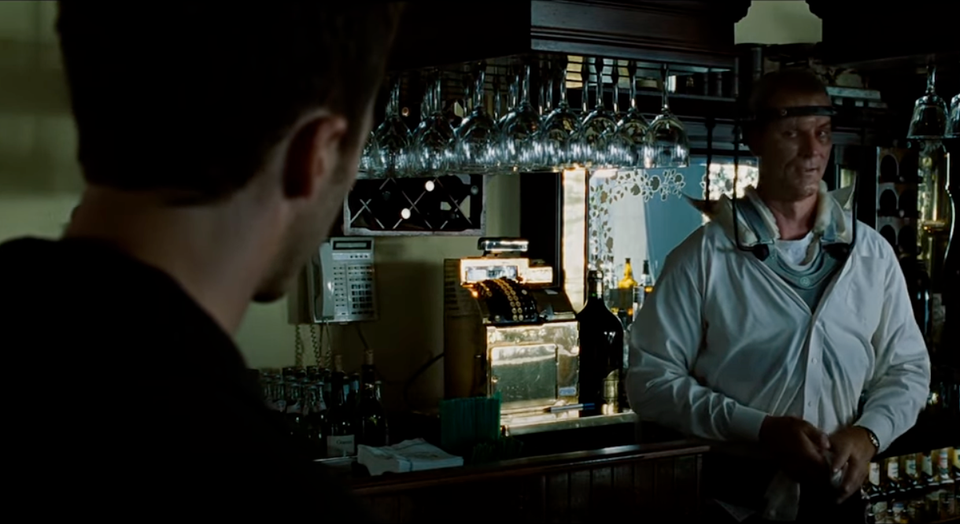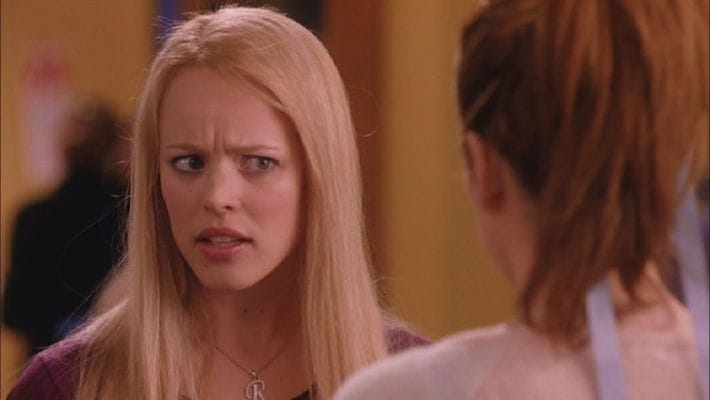The Humble CUT TO:
The goal of the screenplay is to evoke the emotional experience of seeing the movie. Anything that gets in the way of that, I avoid. I want the reader to envision the film and react emotionally rather than engage with the script as some technical document.

The Story and Plot Weekly Email is published every Tuesday morning. Don't miss another one.
CUT TO: is almost completely out of favor. The reasoning is that any time you have a new scene, you are clearly “cutting to” that scene, so writing “CUT TO:” is redundant.
This makes sense. Why spend two extra lines for every scene and a higher page count for something completely unnecessary?
Yet, it’s still part of the film language, and you will occasionally see it out there in the wild of sold scripts and production drafts.
I like “cut to” myself, but rarely use it how it’s supposed to be used, so I thought it would be fun to talk about it. Yes, I just called talking about 'format" fun. And yes, I am a little embarrassed.
But onward!
So first, another reminder:
The goal of the screenplay is to evoke the emotional experience of seeing the movie.
Anything that gets in the way of that, I avoid. I want the reader to envision the film and react emotionally rather than engage with the script as some technical document.
Keep in mind that these are stylistic choices and not rules. There are as many different styles as there are writers.
When To Use CUT TO:
The easiest and safest strategy is never to use "CUT TO:" at all!
Just don’t worry about it, and you can’t go wrong. You don’t have to stress about typing a brick that flattens a reader’s nose, or some know-it-all intern from Chapman filing a complaint with the format police.
But I like “cut to” under certain circumstances. In the last draft that I turned in on assignment, I used a variation of “CUT TO:” a total of 11 times over 112 pages.
I used the traditional formatting only once.
That is, its own line, in ALL-CAPS and justified to the right. I reserve this use to denote a larger span of time between scenes, a larger span of distance, or both.
In this case, it was cutting to the next day, and skipping a few beats that we would usually see to get to the action. This doesn’t normally meet the threshold for time and distance, but it felt like a big shift (it’s the act 2 break), and I wanted that emphasis and a sense of a leap.
Besides taking up unnecessary space, the downside to this is that this formatting is not in my voice. It doesn’t sound like me. It reads like a document and disrupts the illusion I am trying to create with the reader, which is why I rarely use it.
I could have easily NOT used it here, and I would have been absolutely, 100% fine. It was just the choice I made.
But what about the other 10 times?
SMASH CUT: in the action line.
I did this twice. And both for the same reason. I was aiming for an emotional impact. Note that I did not justify to the right. Forcing the reader’s eyes all the way to the right is disruptive, and I only want to do that when I intend to disrupt (see above.)
Here I want FLOW but also the emphasis on the cut for effect. We are cutting sharply to something violent and highlighting it with the SMASH CUT.
You may notice how much I end a line with the intent to LEAD to the next line with doubles dashes --
For me, this is part of getting the reader to read vertically rather than horizontally, but that's another topic for another time.
CUT TO: in the action line.
This is all-caps but, like above, written as part of the action line. In this case, Jay wakes up from a dream, so I wanted something jarring, but not quite as violent as a SMASH CUT:
Notice how I try to make the "CUT TO:" in my voice and smooth it out with, "we" as in "we CUT TO:"
Again, FLOW.
"we cut to:"
This is how I used “cut to:” the other seven times in the screenplay. Lower case and just another part of the action line. Less jarring than all-caps.
I think it was Shane Black I first saw do this, and I liked it—another reason to read scripts. Steal from the best.
This second scene heading does not naturally flow from the first one, so I slide in "we cut to:" to help re-orient the reader as smoothly as possible.
Again, it's "as we cut to:" I want it to sound as organic as possible. I will also write, "we cut back to:" as well. Whatever it takes to decrease the friction with the reader.
It's About the Intent
Like all of our choices, it comes down to being intentional. Know exactly what you want to convey to, or evoke from the reader, and then figure out the best way to do it.
Writing anything without knowing WHY you're writing is at high-risk of boring the reader. The are few things tougher to read than a series of non-choices just trying to get us to the next non-choice.
Be specific in what you're going for. Be succinct. But be specific. Even with something small like the allegedly obsolete "CUT TO:"
The Story and Plot Weekly Email is published every Tuesday morning. Don't miss another one.
When you're ready, these are ways I can help you:
WORK WITH ME 1:1
1-on-1 Coaching | Screenplay Consultation
TAKE A COURSE
Mastering Structure | Idea To Outline




